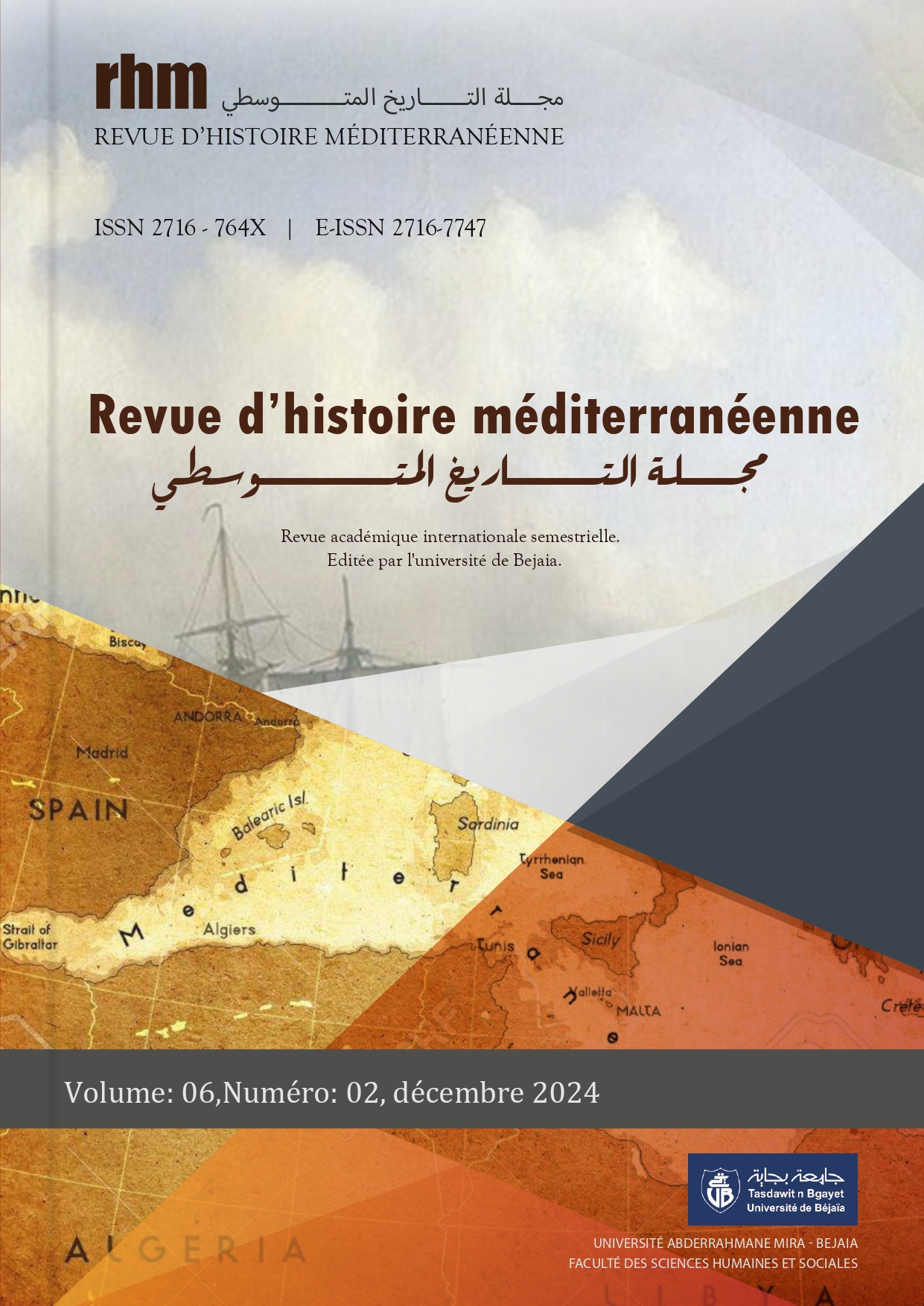Trades in Numidia from Latin Epigraphy: The Example of Cirta, Cuicul and Thamugadi.
Résumé
Trades were, and still are part of the daily life of any society and in particular reflect its economic aspect. As far as the Roman period is concerned, Algeria, like its neighbors, has seen a great deal of interest in archaeological research, especially in the urban environment. Many discoveries have been made, notably Latin inscriptions of all kinds. Pagan epitaphs beginning with the formula DMS make up the greatest number of these funerary inscriptions, which are invaluable documents that tell us about people's social lives, and bear witness to the diversity of professional activities and the economic dynamics of these urban centers during the Roman era. In this paper, we attempt to provide an insight into the various trades - craft, administrative, agricultural, commercial, domestic and artistic - and the status of the people who practiced them in Numidian towns such as Cirta, the administrative capital, Cuicul, a medium-sized town, and Thamughadi, the model for a Roman colony. This choice is justified by the greater number of inscriptions.










